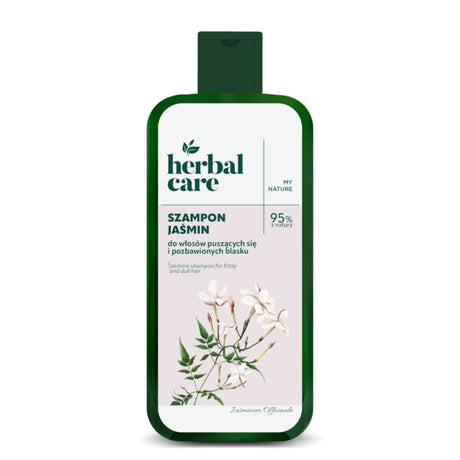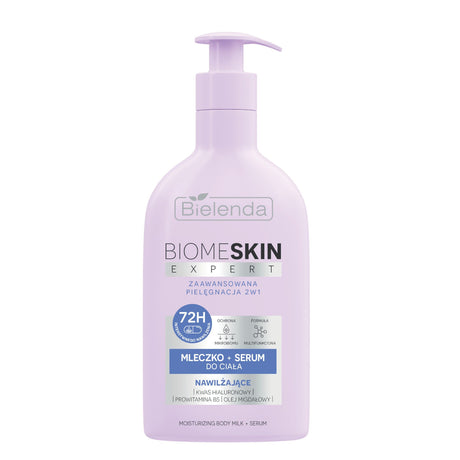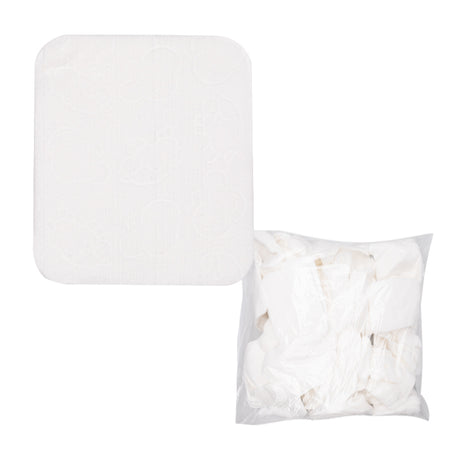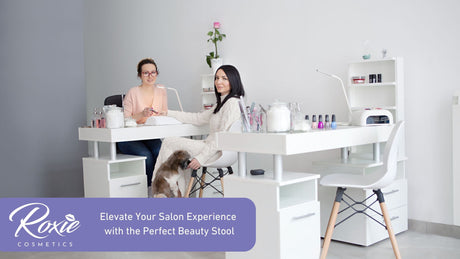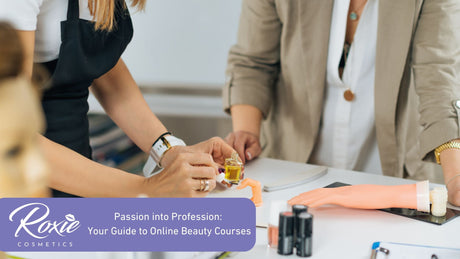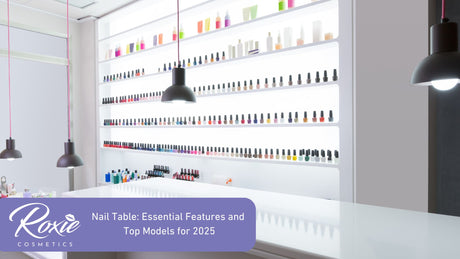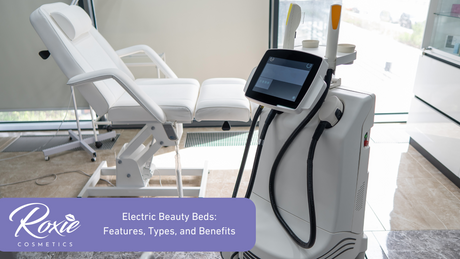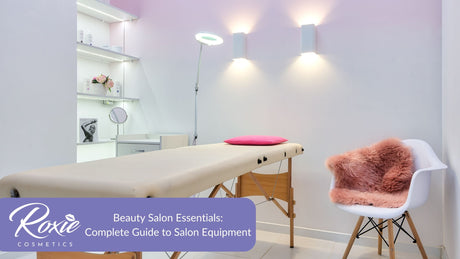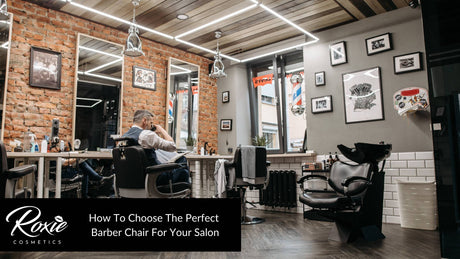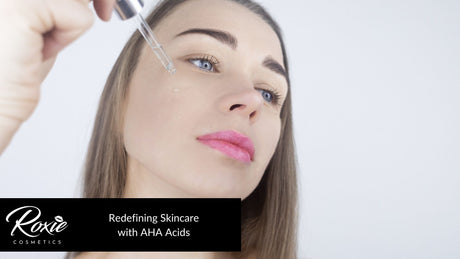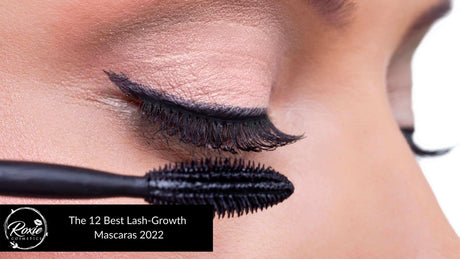Most of you probably usually use (if not only) a neutral beige corrector or alternatively a green one, if you suffer from nasty breakouts or redness. Yet, most likely you avoid mosaic correctors because you simply don’t know how to use them. Don’t worry, you’re not alone in this – everyone starts somewhere. Knowing which correctors to use to aid various issues can really save any day.
HOW TO COLOUR CORRECT?
First off, you need to know which colour of corrector suits your skin best. And the answer here is quick – most likely you need a small team of tones to help you with different imperfections. So, what is the best colour corrector for you? Let’s look at them!
NEUTRAL AND WHITE CORRECTOR
Neutral, flesh-toned corrector is the basics, and many of you probably started a correcting journey with this one, and… stayed with it. Wrong! Neutral colour is obviously indispensable in your makeup sets, because it single-handedly deals with dark circles under your eyes, spots and blemishes and if you go on holidays, you probably don’t want to take the whole concealing set with you, so by all means, a neutral-toned corrector is a must in your beauty bag. It is also helpful in combining with other colours – just mix together neutral corrector with any other more intense colour, for example green, to perfectly blend in with your skin tone. The same applies to white corrector, but this one should be used rather carefully – you’d better apply it as a highlighter or mix with others.
PINK CORRECTOR
This tone is pretty much underestimated. Yet, this is a real rescue for unhealthy looking areas – shadows, dark circles, and visible veins – every greyish or greenish part of your face that gives you a bit lifeless look. No one wants to look as if they just left their coffin, therefore to help your skin seem more energetic and lively, apply some pink corrector, where needed. Keep in mind, though, not to use pink one to any blue- or purple-toned imperfections as pink colour may bring it out even more.
PURPLE CORRECTOR
Comparably to pink, purple corrector may also help with drab complexion, especially when it comes to any yellow-coloured flaws. It will conceal this unhealthy looking area and pump up your skin with some vitality. Remember always to match tone to your complexion – light, lilac or lavender purple is ideal for fair and sallow skin, and darker one, like violet or mauve will fit darker skin better. If needed, combine it with neutral or white corrector to achieve required shade.
YELLOW CORRECTOR
Dull, sleepy and weary skin needs some boost from time to time, and that’s where yellow corrector steps in. It brightens the tone of your skin and conceals any blue-toned blemishes. You can also try it on dark circles under your eyes to see if this will be a remedy for you. In short, yellow is perfect for waking up your skin after an all night long partying.
ORANGE CORRECTOR
This colour, alongside with pink and purple, is usually left out in your makeup routine, right? Wrong again. If you need to warm up your look, orange works best as a glow booster. It cancels blue- and green-coloured veins and shadows, as well as ageing spots. And again it helps drab and lifeless complexion in achieving more healthy appearance.
GREEN CORRECTOR
Green is the best choice for covering any pink or red areas, therefore is fit for discolouration, inflamed breakouts, red spots, broken capillaries or blushing. Green colour comes in different shade variations from cool and pale to more bright and dark so you can also match it to your skin tone – the fairer your skin is, the lighter the green shade you should choose. Depending on how covering is your foundation or a BB/CC cream, you may need to apply additionally a flesh-like corrector on the green layer, or you can combine both shades together to get more natural tone.
If you ever get confused by which colour should be used to conceal a given issue, always look at a colour wheel and the antipodal colours. The opposite colours most likely act as each other’s corrector – therefore, for instance, since red is vis-à-vis to green, hence the red covers green and the other way round.
HOW TO APPLY A CORRECTOR?
First use your favourite foundation or a BB/CC cream and look at what you want to cover in as natural light as possible. Foundation or any other covering makeup cosmetic will conceal partially your imperfections, and thanks to this you won’t overuse a corrector.
Tip: play with your colour correcting palette first. It might turn out that you need to combine some colours from the set with neutral or white corrector to get the right tones. Also, remember not to exaggerate with the amount of used colours – you certainly don’t intend to look like a colouring book eventually. Last minute experiments may give you comical look (or make you late for an outing).
Next, apply a small amount of corrector on your skin on the area that you want to cover. Do it with clean fingers or a small tapered brush, and delicately pat the corrector until it blends with your foundation or any other product of choice. Now, there is no definite guide on where to apply a corrector – yes, it usually happens that you need to apply it under your eyes, on your nose and around your lips, but this is not a rule. Examine your imperfections, issues that make you feel less confident about your looks and then go on to perfect your complexion. It takes a little time to figure it out, but it’s worth the effort.
When you finish your correcting routine… cover what you’ve already done with concealer that matches your foundation tone. You don’t want to let anybody see any dots on your face, do you? Put a little concealer on corrected area to make sure that you don’t leave out any colourful doodles on your skin, and try not to built up to much cosmetics on one spot. Your meticulous concealing endeavour is complete. Now you’re ready to put on the rest of your makeup. Flawless and confident look is at your fingertips!




